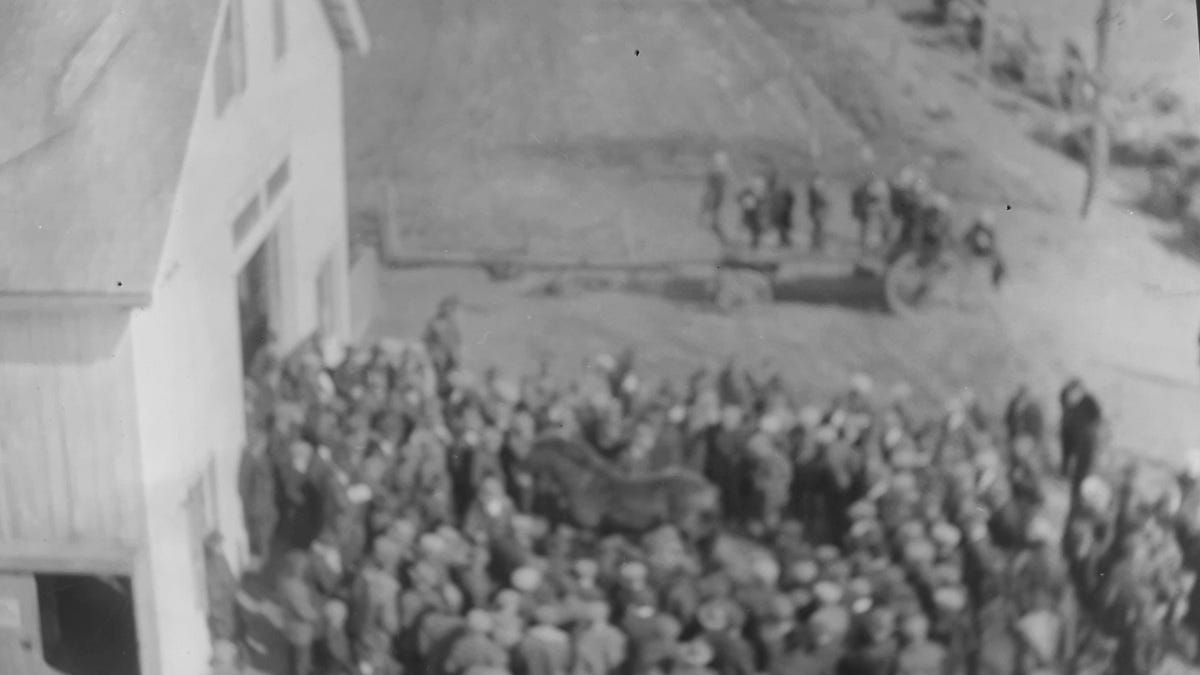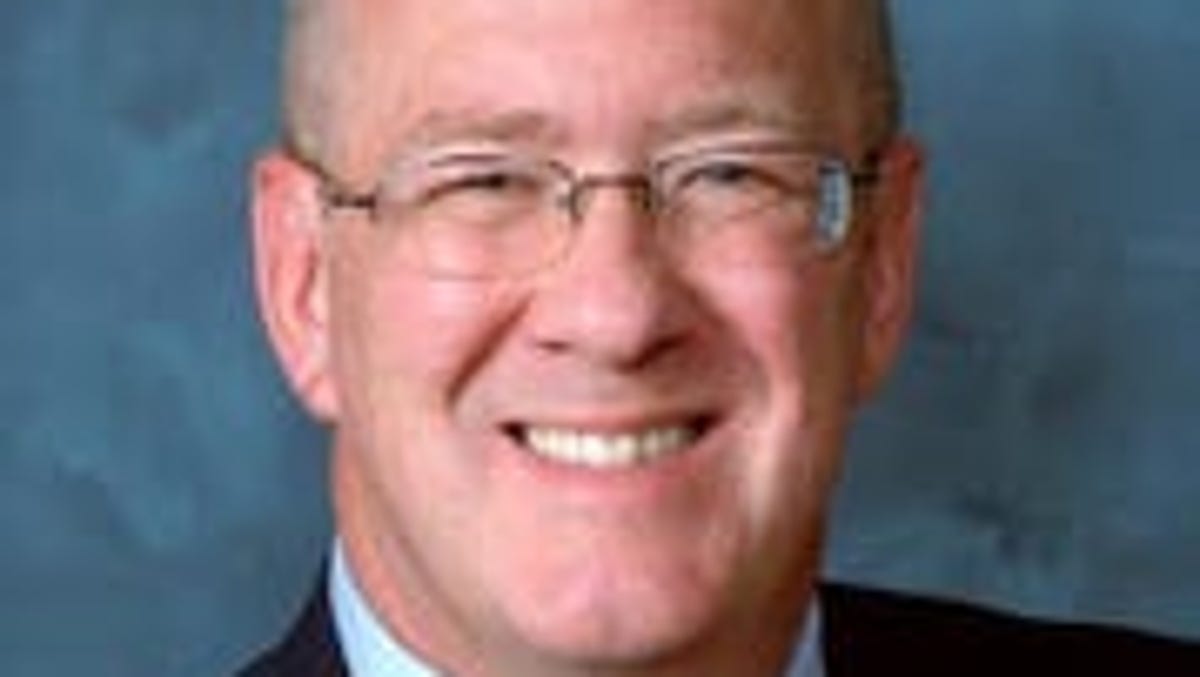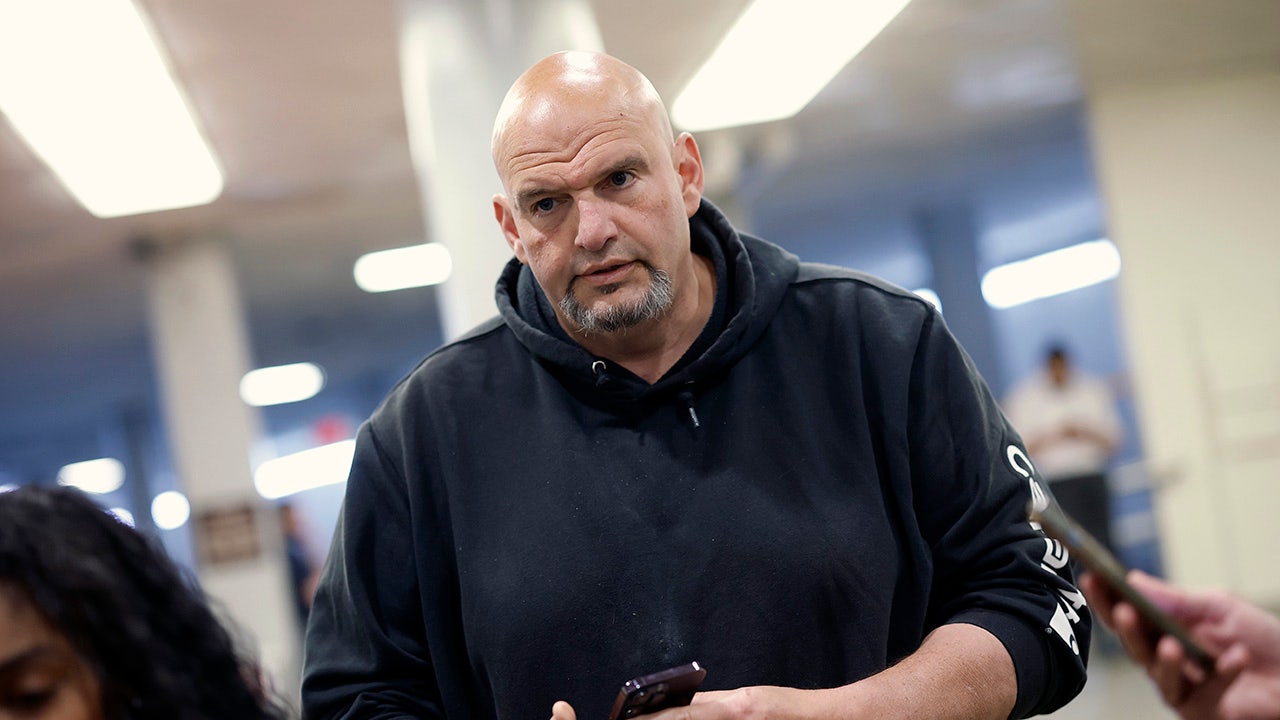North Dakota
Port: Turns out tough enforcement laws for campaign finance violations are already on North Dakota’s books

MINOT, N.D. — North Dakota’s campaign finance laws are distressingly lax. They’re routinely violated with near impunity.
My reporting recently uncovered that an independent political action committee called the Dakota Patriot PAC failed to report
more than $80,000 in expenditures in their year-end report.
Last year, my reporting revealed that statewide candidate Melanie Moniz, who sought a seat on the Public Service Commission on the Democratic-NPL’s ticket,
made it all the way to October,
almost to Election Day, without filing a single disclosure report for her campaign.
The campaign for the term limits ballot measure last cycle was forced to file an amended campaign finance disclosure
after I reported a more than $28,000 discrepancy.
That came right after the term limits group dunked on state Rep. Jim Kasper, a Fargo Republican, for
failing to disclose in his campaign filings a $5,000 donation from their founder.
What are the consequences for these violations of campaign finance laws? Nothing, really. Just a few embarrassing headlines.
These are just the problems that got noticed.
A thorough review of the campaign filings made by candidates, political parties, and independent committees would likely find many, many more problems, though perhaps not as egregious as these examples.
I’ve long called for stricter campaign finance laws. We need more frequent reporting deadlines and reports that represent a more thorough accounting of campaign fundraising and spending. And, perhaps most importantly, I’ve repeatedly called for tougher sanctions for those who flout the laws.
Only, it turns out we already have a pretty good law on the books addressing that last point. I wasn’t aware of
Section 16.1-08.1-05
of the North Dakota Century Code until just recently, while I was researching some of these issues, but it gives the secretary of state’s office some broad authority to investigate discrepancies in campaign reports and exact meaningful fines for discrepancies.
Election officials can order an audit of a campaign if “a substantial irregularity is evident or reasonably alleged.” If that audit “reveals a violation,” the candidate, political party, or political action committee can be fined an amount equal to 200% “of the aggregate of contributions and expenditures found to be in violation or an amount sufficient to pay the cost of the audit, whichever is greater.”
Proceeds from the funds would be deposited in the state’s general fund. If the audit finds no issues, then the Secretary of State eats the cost of the audit.
To my knowledge, this law has not been used once during my more than two decades of reporting on state politics.
It’s good law, though it exempts local campaigns — city, county and school district offices — which is problematic. Last year, I reported on a $2,500 donation made by Fargo-based Epic Companies to mayoral candidate Shaun Sipma
in violation of state prohibitions against corporate campaign contributions.
Even with that glaring omission, our current secretary of state, recently elected Republican Michael Howe, ought to start using it to hold the politicians and activists accountable.

North Dakota
4 Luv of Dog Rescue holds annual art show – KVRR Local News

FARGO (KVRR) — 4 Luv of Dog Rescue held their second annual Art Show and Fundraiser Sunday.
The fundraiser was held in partnership with mixed media artist Les Sholes.
Sholes says that he started partnering with 4 Luv of Dog Rescue because he is a big dog lover himself.
He said that he is excited to get to do this fundraiser again, and that he hopes it will become an annual event.
“Well, it’s something I’ve always been, you know, interested in as far as making money for the dogs. I’ve always been a big dog lover myself and so we contacted 4 Luv of Dogs and they said yeah, we’d love to do it. So this is our second annual and we’re feeling pretty good about it.”
30% of all art sales from the event will go to the rescue.
North Dakota
Letter: Life in the slow lane

When I was commuting in the Twin Cities for many years I would go with the flow. I tried to leave space ahead of me, and let others merge in and out. The flow was sometimes well over the speed limit, and sometimes zero miles per hour stuck in traffic. But now, when I head out on the highway with some room, I make a point of setting my cruise control exactly at the speed limit.
We recently had a Sunday trip which included driving on Interstate 94 in Minnesota for about 110 miles. I set my cruise control right at 70 (can’t drive 69 for some reason) and settled into the right lane. Driving 75 versus 70 would have saved us only about 10 minutes on that stretch. It also would have meant we’d be weaving in and out of traffic lanes, risking a ticket, and having someone behind us a few feet off our bumper who wanted to drive 80 or 85 miles an hour.
I counted 20 cars passing us during one 10-minute stretch, which seemed representative of traffic during our 100 or so minutes on the highway. We passed one auto and two semis. That means about 200 cars were speeding and only two cars that were not.
Maybe I’m a grumpy old man, and maybe those passing us were shaking their heads or cursing ‘that nut’ who was driving the speed limit. But when we hear frequent cries about the need for law and order, rule of law, obeying the law or respecting the law, what could be simpler than driving the legal speed limit? Why not slow down a bit and enjoy the ride, safely?
David Stene lives in near Pelican Lake, Minn.
North Dakota
Historically Speaking:\u00a0North Dakota’s workhorses come to Exeter

The Great Depression started early in some parts of the country. New Hampshire had been suffering from an economic downturn since just after World War I. Things were far worse in North Dakota.
Historian Elwyn Robinson has written, “The 1920s in North Dakota were a time of readjustment. The stimulus of pioneering had vanished. Settlement of the semiarid state by people from humid regions had left a heritage of maladjustment, of institutions unsuited to the nature of the country.”
Unlike New Hampshire, which is small, North Dakota has vast territory. The rush for homesteading in the late 1800s had slowed and years of drought found many leaving the state. “Because they had anticipated a denser population and a greater production of wealth than the state has yet attained, the pioneers created too many farms too many towns, too many schools, churches, and colleges, too many counties and too much government, too much railroad mileage, too many banks and too much debt.” Robinson called this the “Too-Much Mistake.”
To improve the economic strain in the state, many North Dakota farmers joined cooperatives and the North Dakota Farm Bureau organized as part of the larger American Farm Bureau. Concerns with grain prices took precedence, but the question of raising ready cash was also at the forefront. Was there some unused resource that might pull in some quick income? It seems there were: horses.
It turns out, North Dakotans owned more autos than most states. “In 1913, North Dakotans owned only 12,075 automobiles, but by 1920 they owned 92,000, and 57% of the state’s farmers had them.” Robinson cites that by 1930, the percentage of farmers owning cars or tractors had gone up to 87% – “one for every 3.7 persons.” The national average was one for every 5.3 persons. So, if the state no longer needed horses for transportation or labor, they could be sold in other parts of the country.
Western horses had an excellent reputation back east. These weren’t wild mustangs, they were solid, well-broken-in, reliable workhorses. Local farm bureaus, primarily in New Hampshire and Vermont, began making arrangements to bring some of these well-mannered horses to auction. New England farmers were still happy to use horse labor. The region has abundant hay resources, unlike the arid plains, and is compacted into a smaller area.
The auctions began in 1922. Two years later, one of the sales came to Exeter.
“Thirty heads of horses direct from Dakota farmers will be sold at auction under a positive guarantee. The horses are accustomed to all classes of farm work and are mostly Percheron and Belgian breeding from 5 to 9 years old and weigh from 1200 to 1700 pounds,” ran an advertisement in early April of 1924 in the Exeter News-Letter. “Practically every horse sold by us in the past two years has given splendid satisfaction. Ask your County Farm Bureau about our sales.”
Finding the advertising was a tremendous help to the Exeter Historical Society. The organization received a collection of nearly two thousand slides in 2022 associated with the Tufts family of Exeter. The patriarch of the family, James Arthur Tufts, Sr., was a long-time teacher at Phillips Exeter Academy. His son, James Arthur Tufts, Jr., went into agriculture and ran the Granite State Nursery on High Street. Among the images were three that looked down on a gathering of people surrounding various horses. Taken from the second story of the farm’s house, the photos were too fuzzy to be featured in the annual Historical Society calendar but clear enough to depict some type of local event. The dates matched those of a cryptic entry in James’ sister, Betty’s diary for the year 1924: “Saturday, Apr. 12, 1924. Gave 5 lessons. Over to Jim’s on a 2 o’clock trolley with Father & Aunt Sue to see the horse auction. 30 horses from N. Dakota. Mother went to sta. to see them come.” Betty was a frequent horseback rider, but these horses would not have suited her. Percheron and Belgians are enormous working breeds – the kind you might see at a horse-pulling competition at the fair.
The auctioneer arrived from North Dakota with the horses. His name was Frank Hyland, who was not only the auctioneer (indeed he was so skillful at the art that he often taught it to aspiring students) but was also serving as sitting Lieutenant Governor for the state of North Dakota. The Exeter News-Letter described him as “efficient” after “he sold the entire 28 head in quick time at prices ranging from $100 to $300.”
The sale fulfilled two purposes: high-quality western horses came to New England while bringing in much-needed cash to the strapped counties of North Dakota. Buyers were assured that “a committee appointed by the Rockingham County Farm Bureau will inspect and hitch all the horses prior to the sale and will report on each horse at the sale.” How well the horses served after the sale is not recorded, however at least one registered its discontent: “An unfortunate incident was the injury to Mr. Lloyd Snell, of Brentwood, who was kicked by a horse he had bought, several ribs being fractured. He was taken to Exeter Hospital.”
Barbara Rimkunas is the curator of the Exeter Historical Society. Support the Exeter Historical Society by becoming a member! Join online at: www.exeterhistory.org.
-

 Kentucky1 week ago
Kentucky1 week agoKentucky first lady visits Fort Knox schools in honor of Month of the Military Child
-
News1 week ago
Maryland high school student arrested after authorities discovered a 129-page document detailing school shooting plan, police say | CNN
-

 World1 week ago
World1 week agoIranian media says three drones downed after explosions heard in Isfahan
-

 World1 week ago
World1 week agoShipping firms plead for UN help amid escalating Middle East conflict
-

 Politics1 week ago
Politics1 week agoIsrael hits Iran with 'limited' strikes despite White House opposition
-

 Politics1 week ago
Politics1 week agoICE chief says this foreign adversary isn’t taking back its illegal immigrants
-

 News1 week ago
News1 week agoThe San Francisco Zoo will receive a pair of pandas from China
-

 Politics1 week ago
Politics1 week ago'Nothing more backwards' than US funding Ukraine border security but not our own, conservatives say




















